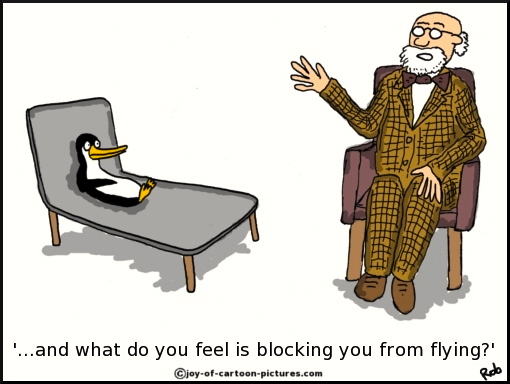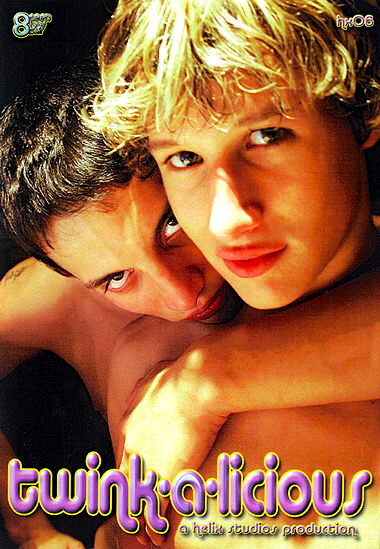In this posting I’m going to try to tie together several threads: a recent story about a dancer forced out of the Royal Winnipeg Ballet school for making gay porn videos on the side; the proverbial sexual activity of certain animals, in particular minks (a topic suggested by my recent posting on three fur-bearing mustelids); and the lexical semantics of the verb fuck. You can see the connections — and you can see why this posting might not be to everyone’s taste (though no images over the X line will appear in it).
1. The story of Jeppe Hansen. From several sources on Facebook, this recent story:
Dancer asked to leave Royal Winnipeg Ballet after doing porn
Jeppe Hansen landed a coveted spot last fall. Now he’s accusing the prestigious troupe of unfairly trying to define what constitutes art.
WINNIPEG—An aspiring ballet star who beat out thousands of other dancers for a spot with the Royal Winnipeg Ballet has been asked to leave the prestigious troupe after appearing in gay pornographic videos.
Jeppe Hansen got a spot and a scholarship last September in the dance school’s professional division.
Hansen had danced on stages around the world and studied in Montreal, New York City and his native Denmark before joining the RWB……
He appeared in his first pornographic video earlier this year as a side project, but when the ballet found out about the video, it asked him to sign a letter stating that he voluntarily withdrew from the program.
Hansen left the school in late March and moved to New York in April to pursue adult entertainment full-time.
He’s now accusing the ballet company of unfairly trying to define what constitutes art.
The RWB will only say that the school has a code of conduct for students and won’t comment further on personnel issues due to privacy concerns.
The code of conduct, which is included in the school’s student information handbook, says nothing about side projects, such as the video Hansen was in.
Hansen says he hopes to return to professional dance someday.
Hansen, 22, makes videos for the Cocky Boys firm under the name Jett Black. (Presumably, Jett was suggested by the name Jeppe, and Black followed from that, though Hansen is notably blond.) He has a very slim dancer’s body, nicely muscled, and he smiles a lot (including during sex):
![]()
I’ve found five Cocky Boys videos featuring Black — listed here with links to brief clips from them:
Introducing Jett Black (link): a solo performance in which Black fucks himself with a big black dildo while jacking off; at the very beginning:
[(1)] My name is, umm, Jett Black. I like to suck. And I like to fuck [conveying 'I like to be fucked', and he demonstrably does].
JD Phoenix Fucks Jett Black (link)
Arnaud Chagall Fucks Jett Black (link)
Gabriel Clark Pounds Jett Black (link)
Jett Black and Levi Karter Flip-fuck (link): billed as the first time either of them tops on camera; this clip has Black screwing Karter
Black’s sexual performances are wildly enthusiastic and energetic; he fucks like a mink, as they say. Quite something to watch.
[Digression: Greg Morrow posted on Facebook this morning:
I spent my morning commute concluding that I want to write a webcomic named "Jett and Muff" about two mismatched get-rich-quick characters. [cf. Mutt and Jeff]
Even better would be a ballet featuring Jett Black as a bottom and his partner, top man Muff Driver.]
2. Proverbial similes. Wiktionary on fuck like a mink:
(simile, vulgar) To be extremely amorous while copulating
– 1979, Warren Murphy, Frank Stevens, Atlantic City, page 209
“She’s a really sweet girl, kind and honest and decent, and all of her clients tell me that she fucks like a mink.”
“With that endorsement and the boots and the whips, maybe I should give her a try.”
– 2006, John Ringo, Kildar
“…But, for general info, she’d just as gladly slide a knife in as anything else. Don’t let her fool you. On the other hand, she can fuck like a mink. Have fun. I’ll take Bambi any day.”
– 2011, Carolyn Briggs, Higher Ground: A Memoir of Salvation Found and Lost
“You fuck like a mink,” Eric told me one night in his sister’s bedroom. His parents were out of town, and Eric and I had the run of the house.
It’s not an accident that all three citations are about women. That’s a general fact about intransitive. fucks like a N (imputing great enthusiasm in intercourse): a singular subject almost always refers to a woman — or a gay man in the bottom role (like Jett Black) — that is, to someone who gets fucked. Some non-mink examples I’ve googled up:
fucks like a star / a beast / a champ / a pro / a machine / a slut / a wild woman / a rabbit / a weasel
Some of these get many hits (but only a few for weasel; the mustelids are represented by minks). He fucks like a rabbit (referring to the penetrator in intercourse) does occur, but apparently almost always in a reference to what’s known as rabbit-fucking: fucking someone with very rapid short thrusts.
The focus on women (and gay bottoms) seems to carry over to fucks like crazy / hell.
With plural subjects, things are a bit different; similes like
they fuck like rabbits / monkeys / beasts / minks / animals / weasels / …
are mostly applied to couples (though occasionally to groups of two or more people, attributing enthusiastic fuckability to each of them). Odd fact: I got no hits for These guys fuck like minks, but a modest number for These guys fuck like rabbits, with reference to man-man sex.
3. The lexical semantics of fuck. OED3 (March 2008) gives three relevant subentries for fuck (in this material, sexual intercourse is understood to cover both vaginal and anal intercourse):
coarse slang.
1. In these senses typically, esp. in early use, with a man as the subject of the verb.
a. intr. To have sexual intercourse.
b. trans. To have sexual intercourse with (a person).
c. trans. With an orifice, part of the body [as in fucked his arse], or something inanimate as object. Also occas. intr. with prepositional object of this type.
The entry is framed so as to be neutral as to the participant role played by the referent of the subject. So the OED‘s cites in 1a (intransitive) include:
[(2)] a1749 A. Robertson Poems (?1751) 256 But she gave Proof that she could f—k. [sg. subject referring to a woman]
1865 ‘Philocomus’ Love Feast ii. 17 That night I never shall forget; We fucked and fucked, and fucked and sweat. [pl. subject]
The cites in 1b (transitive) include none parallel to (2), but they are easily found, and easily invented — things like:
(3) She’s fucked every man here, including the butler.
And Jett Black’s I like to fuck in (1) is parallel to (2) in that the referent of the subject plays the Patient role (as receptor) in the event described, rather than the Agent role (as insertor). So in (1), Black asserts that he likes to suck in the sense of ‘suck cock’, but not that he likes to fuck in the sense of ‘fuck ass’; suck and fuck are not understood in parallel ways. However, they could be: I like to fuck, uttered by a man, could mean either that the speaker likes to fuck other people or that he likes to be fucked (by men). Similarly,
(4) I’ve fucked every man here, including the butler.
spoken by a man, could mean either that the speaker has penetrated all the men in intercourse or that he’s been penetrated by all of them. These strike me as genuine ambiguities (with different assignments of participant roles), but the OED‘s entries treat them as lack of specification (as to the participant roles involved): I like to fuck in (1) would be OED-glossed as something like ‘I like to engage in acts of intercourse’ and (4) would be OED-glossed as something like ‘I’ve engaged in an act of intercourse with every man here, including the butler’.
But the OED-style glosses are unsatisfactory, since they’re consistent with the speaker’s playing different roles on different occasions. This consequence is especially unsatisfactory for (4), which on the lack-of-specification account is true if the speaker has penetrated some of the men and been penetrated by the others, and I think that’s just wrong. Similarly, this account predicts (incorrectly, I believe) that
(5) I’ve fucked every man here, and so has Jett.
is true if the speaker has penetrated all of the men, while Jett has been penetrated by all of them.
In my survey of the participant roles of subjects (here), I didn’t include Patient-subject fuck (and screw etc.), but I think now that it should be added to other Patient-subject cases.
I don’t know when Patient-subject fuck spread to become routine, as it seems to me it is now. Nor do I understand how hearers and readers use context to fix on one interpretation of the syntactic arguments of fuck, though I was struck by how immediately I came to a Patient-subject understanding of fuck in Jett Black’s (1) — even before I saw the rest of the video clip.
![]()
![]()







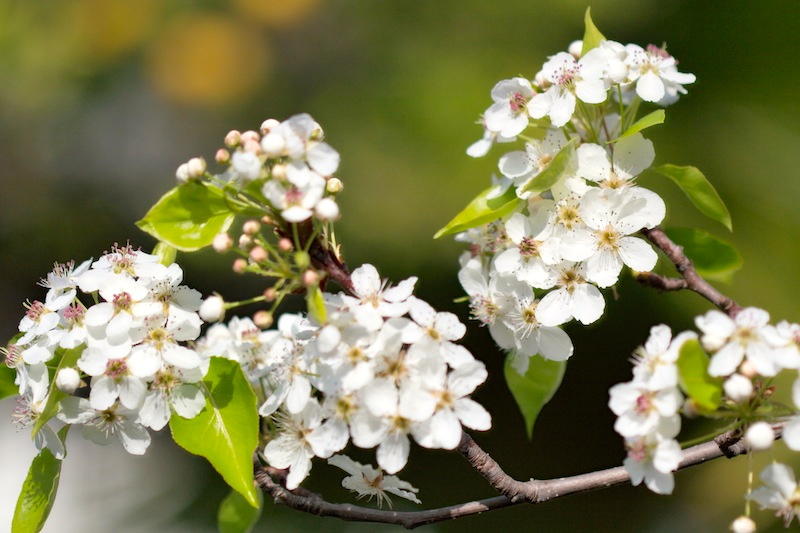




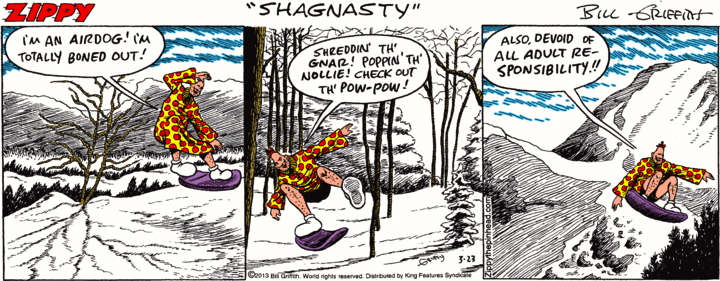

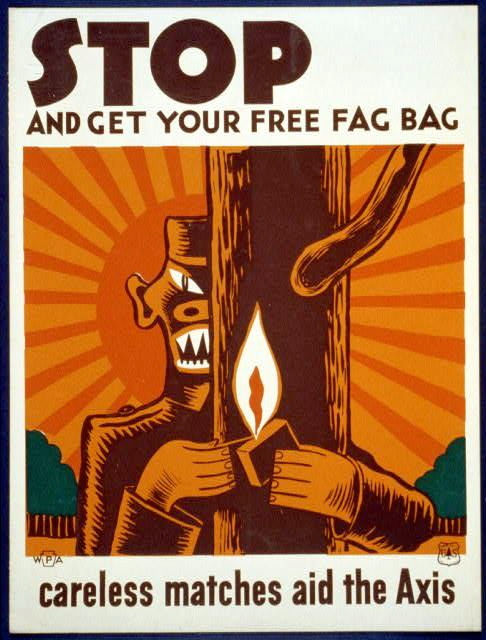












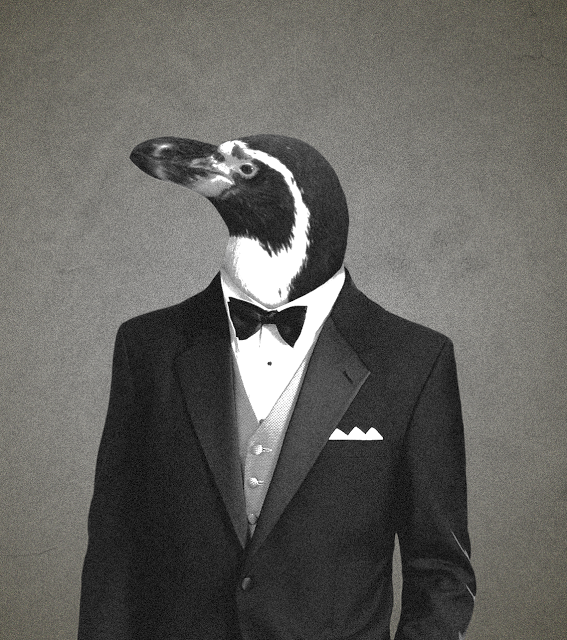
 (#7)
(#7)

 (#10)
(#10)